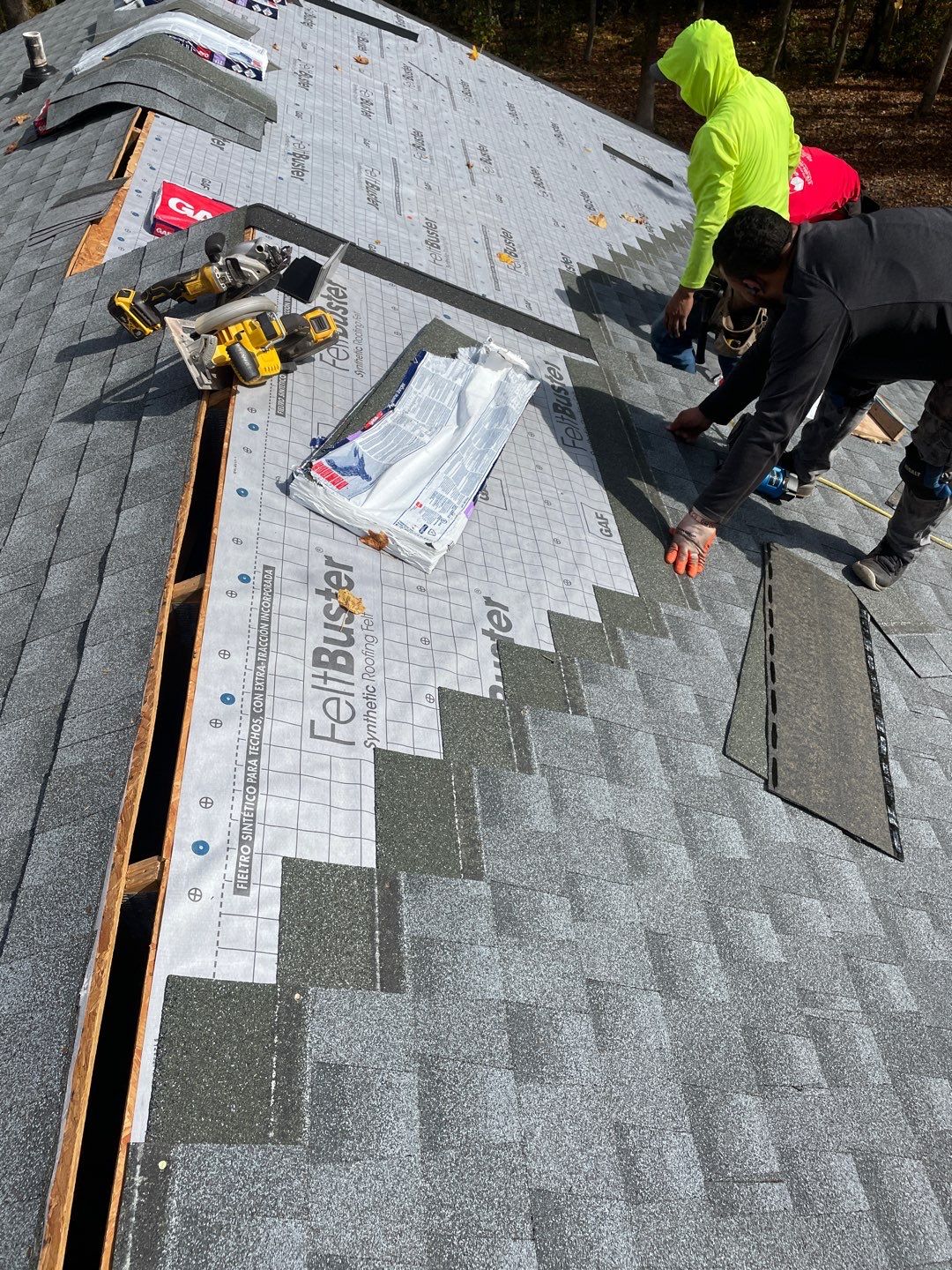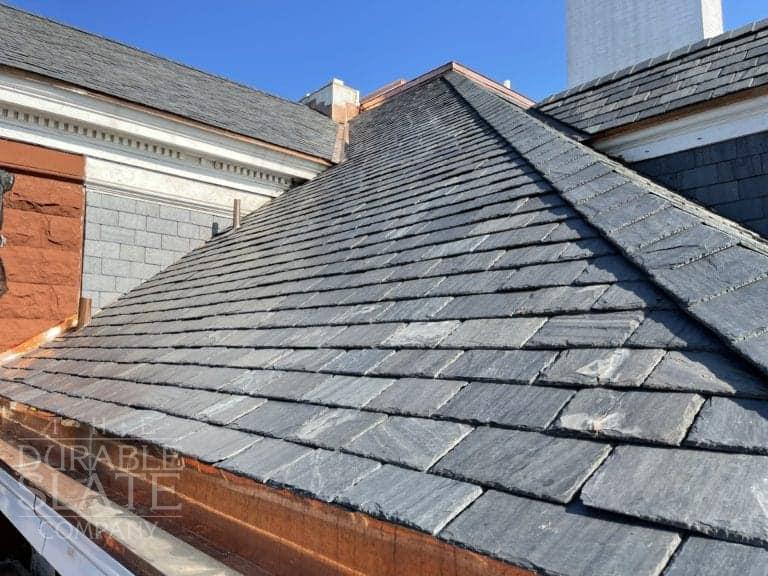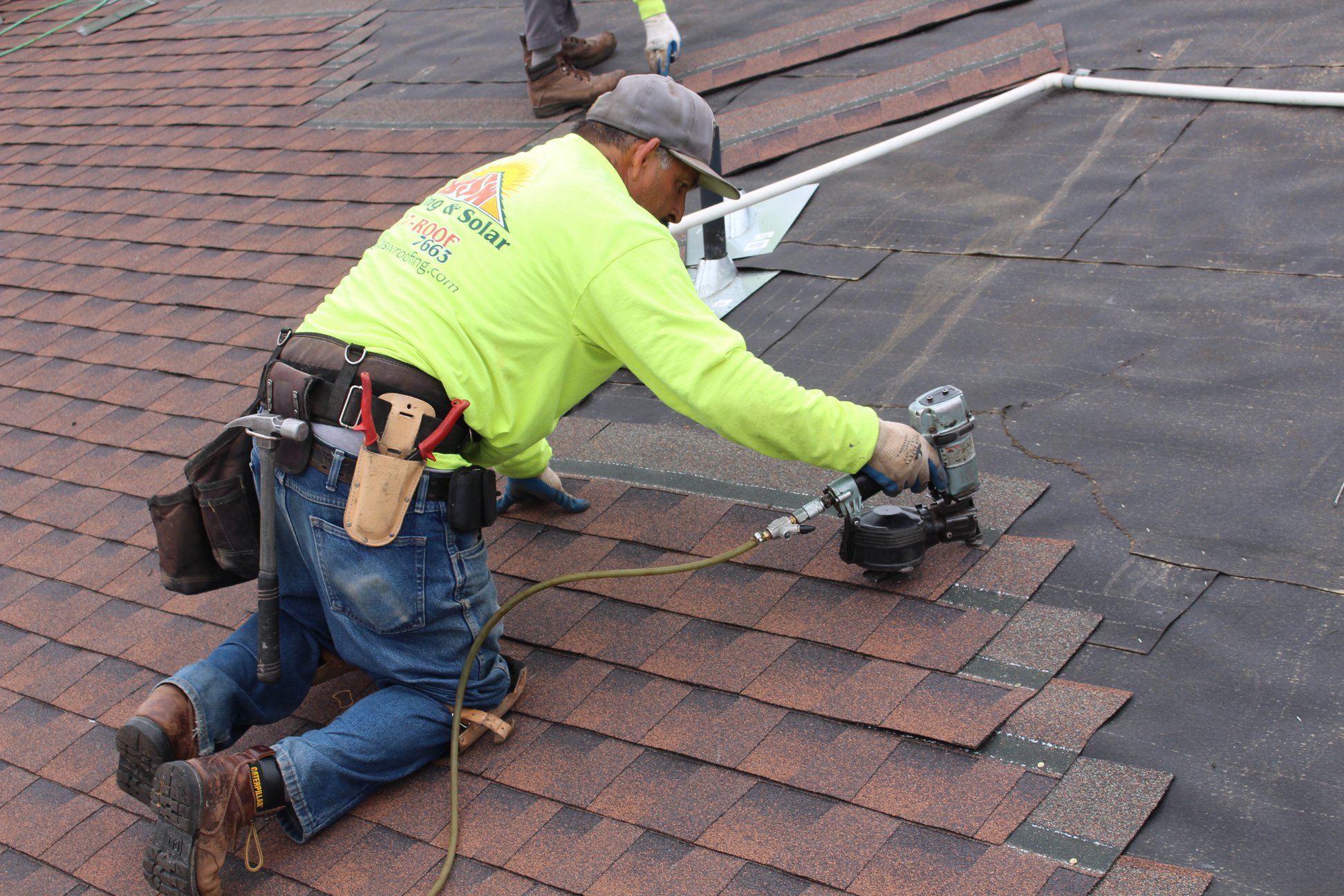Step-by-Step Guide to Locating the Right Roofing Companies in Gainesville
Step-by-Step Guide to Locating the Right Roofing Companies in Gainesville
Blog Article
Best Practices for Ensuring Correct Roof Covering Air Flow
A well balanced consumption and exhaust air vent proportion, typically 1:300, plays a crucial role, with intake vents ideally positioned at the reduced side of the roof for great air access and exhaust vents at the optimal for warm air departure. Keeping insulation away from vents is crucial to avoid air movement constraint.
Understand Air Flow Essentials
Properly understanding ventilation basics is necessary for making certain the durability and performance of roof. Efficient air flow reduces wetness build-up and temperature extremes in the attic, both of which can result in significant structural damage in time. A well-ventilated roof helps in avoiding typical issues such as mold growth, wood rot, and ice dams, which can compromise the integrity of the roofing products and the underlying structures.
The primary goal of air flow is to assist in the movement of air, permitting a consistent exchange in between the outdoor and interior atmospheres. This equilibrium is attained through a combination of intake and exhaust vents that function with each other to preserve ideal airflow. Intake vents, typically located along the soffits or eaves, enable fresh air to go into the attic space, while exhaust vents, often located at or near the roofing system ridge, allow hot, moist air to run away.
Secret factors influencing the efficiency of roofing system air flow include proper positioning, adequate sizing, and making sure that both intake and exhaust vents are unobstructed. Normal evaluation and maintenance are important to recognize prospective blockages, damage, or inadequacies in the air flow system, therefore safeguarding the roofing system's performance and longevity.
Kinds Of Roofing System Vents
Roof vents play an essential function in keeping effective attic room air flow and, by expansion, the overall wellness of the roof covering system. Various kinds of roof vents are offered, each with unique advantages customized to particular roof covering needs. Ridge vents, for instance, are installed along the roofing's top, permitting warm, damp air to escape from the attic. They supply continuous air flow and blend seamlessly with the roofline, making them both effective and cosmetically pleasing.

Soffit vents are installed under the eaves and job in tandem with roof vents to make certain a balanced intake and exhaust system. By permitting cooler air to go into from below, soffit vents assist in the expulsion of warm air with top vents. Gable vents, located on the outside walls of the attic, deal another efficient solution, especially in homes with saddleback roofs.
Evaluate Your Existing Ventilation

Following, consider the age and problem of your roof covering products and air flow components. Older systems may not adhere to existing structure codes or might have degraded in time, reducing their effectiveness. Conduct a comprehensive exam to determine any type of indications of wear and tear, such as corrosion, damage, or gaps that his comment is here could endanger the system's performance.
Additionally, gauge the attic temperature level and moisture levels. High temperature levels and humidity can indicate inadequate air flow - roofing companies. Utilize a hygrometer and thermostat to get exact readings, contrasting them with exterior conditions. Consistent disparities recommend prospective concerns that need dealing with.
Setup Best Practices
Efficient setup of roofing ventilation systems is vital for making sure optimal performance and durability. Correct setup begins with comprehending the certain ventilation demands of the roof and the building it covers. This includes computing the proper proportion of intake to tire vents, normally sticking to the 1:300 policy, which stipulates one square foot of ventilation for every 300 square feet of attic room floor area.

The placement of vents is equally vital. Intake vents must be installed at the roofing system's lower side, typically in the soffits, to permit awesome air to enter. Exhaust vents, on the various other hand, should be set up near or at the roof's peak to assist in the exit of warm, moist air. This produces an all-natural airflow that assists maintain temperature and wetness equilibrium within the attic area.
Seal all air vent links thoroughly to protect against air leaks and potential water seepage. Usage high-quality materials and follow producer standards to ensure sturdiness and performance. Furthermore, incorporating ridge vents with baffles can considerably enhance air flow efficiency by avoiding wind-driven rain and snow from going into the attic.
Eventually, specific installment of roof covering ventilation systems alleviates possible problems such as mold and mildew growth, ice dams, and architectural damage, guaranteeing the roofing's integrity and the building's overall health.
Routine Upkeep Tips
Consistency in upkeep practices is basic to guaranteeing the long-lasting efficiency of roof covering ventilation systems. During these evaluations, ensure that vents are complimentary of debris, nests, and various other blockages that could hamper airflow.
Cleaning up the vents is one more important job. Use a soft brush or a vacuum cleaner to eliminate dirt and debris from consumption and exhaust vents. Beware not to useful reference harm the vent displays or louvers throughout the process. Furthermore, inspect the attic room room for any type of indicators of water damage, which could endanger the stability of the roof covering system.
Appropriate insulation is similarly vital. Guarantee that attic room insulation does not obstruct the vents, as this can severely restrict airflow. Rearrange or replace it to preserve an effective obstacle. if any type of insulation has actually changed or settled.
Finally, change any kind of harmed or missing out on components quickly. Damaged vents, split tiles, or deteriorated flashing can all contribute to inadequate air flow and needs to be dealt with immediately. Routine maintenance guarantees that the roof ventilation system works efficiently, consequently prolonging the life expectancy of the roofing itself.
Final Thought
Making sure correct roofing ventilation is vital for preserving the efficiency and resilience of a roof covering system. Adherence to the 1:300 intake and exhaust air vent proportion, coupled with the strategic positioning of vents, is essential. Normal biannual inspections, particles cleansing, and guaranteeing insulation does not obstruct air movement are essential practices. Applying these finest practices will certainly cultivate a well-ventilated roof, thereby alleviating prospective problems related to moisture build-up and excessive warmth, inevitably extending the roof covering's life expectancy.
A balanced intake and exhaust vent proportion, commonly 1:300, plays a critical role, with consumption vents preferably placed at the reduced side of the roof for great air access and exhaust vents at the top for warm air departure. Consumption vents, typically located along the eaves or soffits, permit visit this site right here fresh air to get in the attic area, while exhaust vents, frequently situated at or near the roofing system ridge, allow warm, moist air to leave.
Soffit vents are mounted under the eaves and job in tandem with roof vents to ensure a well balanced consumption and exhaust system. By allowing cooler air to enter from below, soffit vents help with the expulsion of hot air via top vents. Adherence to the 1:300 consumption and exhaust air vent proportion, combined with the calculated positioning of vents, is crucial.
Report this page